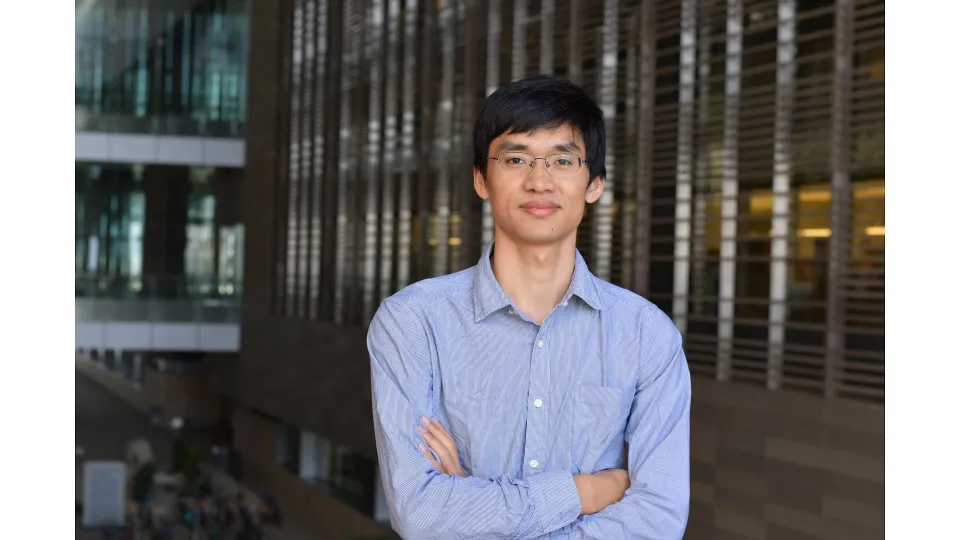Multiphysics Simulation of Semiconductor Optoelectronic Devices
In this talk, I will introduce a simulator specifically formulated and implemented for photoconductive terahertz devices enhanced with nanostructures. The fundamental challenge in formulating this simulator is the rigorous modeling of the coupling mentioned above. My talk will focus on this aspect as well as the general concerns in building mathematical models for various physical processes and their numerical discretization. To this end, I will introduce a discontinuous Galerkin framework that can efficiently discretize the multiscale mathematical models formulated for coupled semiconductor physics and electromagnetics. Furthermore, I will present numerical results which demonstrate the applicability of this framework in characterizations of photoconductive terahertz antennas and photomixers.
Overview
Abstract
Semiconductor-based optoelectronic devices are widely used in electronics industry. Recent advances have shown that introducing nanostructures into these devices can significantly improve their efficiency. However, nanostructures also increase the complexity of design and fabrication. Furthermore, since they dramatically enhance the strength of local electromagnetic fields and the density of charge carriers, the nonlinear coupling between electromagnetic fields and carriers can not be ignored in the mathematical model. In consequence, novel simulation tools that can fully take into account this multi-physics coupling become imperative in designing these advanced devices as well as understanding the physical mechanisms underlying their operation.
In this talk, I will introduce a simulator specifically formulated and implemented for photoconductive terahertz devices enhanced with nanostructures. The fundamental challenge in formulating this simulator is the rigorous modeling of the coupling mentioned above. My talk will focus on this aspect as well as the general concerns in building mathematical models for various physical processes and their numerical discretization. To this end, I will introduce a discontinuous Galerkin framework that can efficiently discretize the multiscale mathematical models formulated for coupled semiconductor physics and electromagnetics. Furthermore, I will present numerical results which demonstrate the applicability of this framework in characterizations of photoconductive terahertz antennas and photomixers.
Brief Biography
Dr. Liang Chen is a research scientist in the computational electromagnetics (CEM) group led by Prof. Hakan Bagci, within the CEMSE division. His research interests are within the field of computational physics with emphasis on electromagnetics and electron transport in semiconductors. Dr. Chen received his Ph.D. degree in condensed matter physics from Chinese Academy of Science in 2012. Since then, he has been working on computational electromagnetics and high performance computing. Before joining KAUST, he was the director of the technical solution department in DongJun Technology Co. Ltd. He was one of the principal developers of the commercial electromagnetic simulation software East-Wave.
